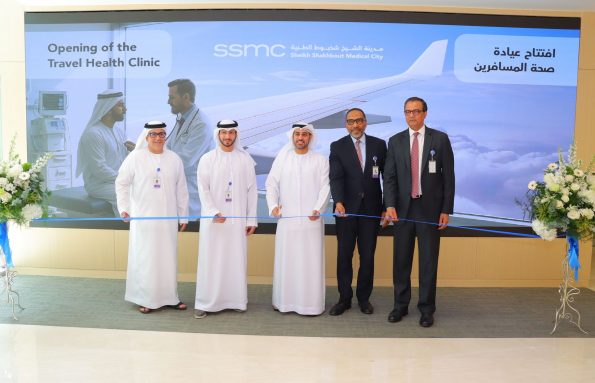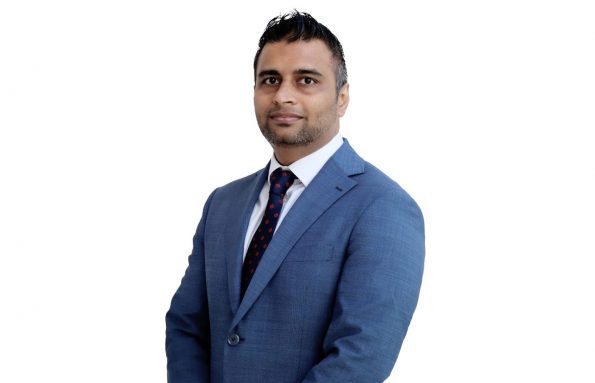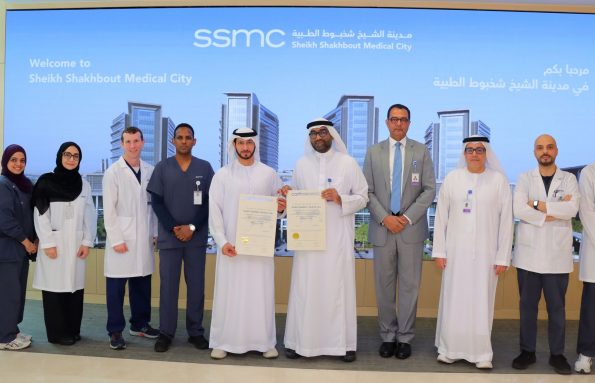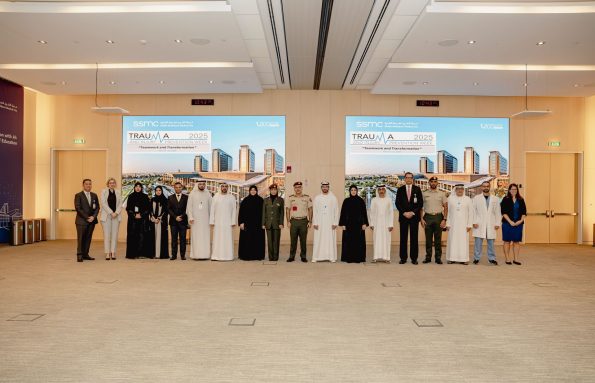Sheikh Shakhbout Medical City (SSMC), one of the UAE’s largest hospitals for serious and complex care and a joint-venture partnership between Abu Dhabi Health Services Company (SEHA) and Mayo Clinic, has successfully treated a newborn infant with a complex birth defect. The baby was born with long-gap esophageal atresia (EA), a congenital disorder where the esophagus does not form properly during pregnancy, combined with tracheoesophageal fistula (TEF), an abnormal connection between the esophagus and trachea.
SSMC’s multidisciplinary team comprised an anesthesiologist, a neonatal intensive care team, a pediatric surgeon, in addition to a speech and swallowing expert and a dietitian. The team worked collaboratively to treat the patient and restore function allowing him to feed normally without facing breathing difficulties.
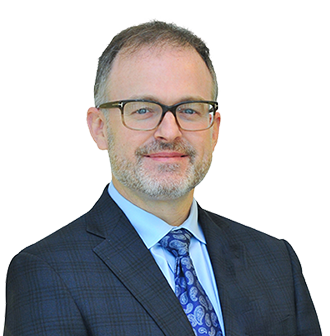
Reflecting on this important milestone for SSMC, Dr. Matthew Gettman, chief medical officer of SSMC , said: “SSMC is proud to be on the cutting edge of clinical practice and to offer integrated care for even the most complex and rare of conditions. The expertise and harmony our team demonstrated were foundational to having this successful outcome and are a testament to SSMC upholding its promise of putting patient needs first. Through our pillars of practice, research and education that frame our unique model of care, SSMC aims to continuously evolve and set a new standard for the compassionate care it provides.”
Affecting one in 4,000 babies globally, EA occurs when the upper esophagus, that transports food from the mouth to the stomach, does not connect with the lower esophagus and stomach.
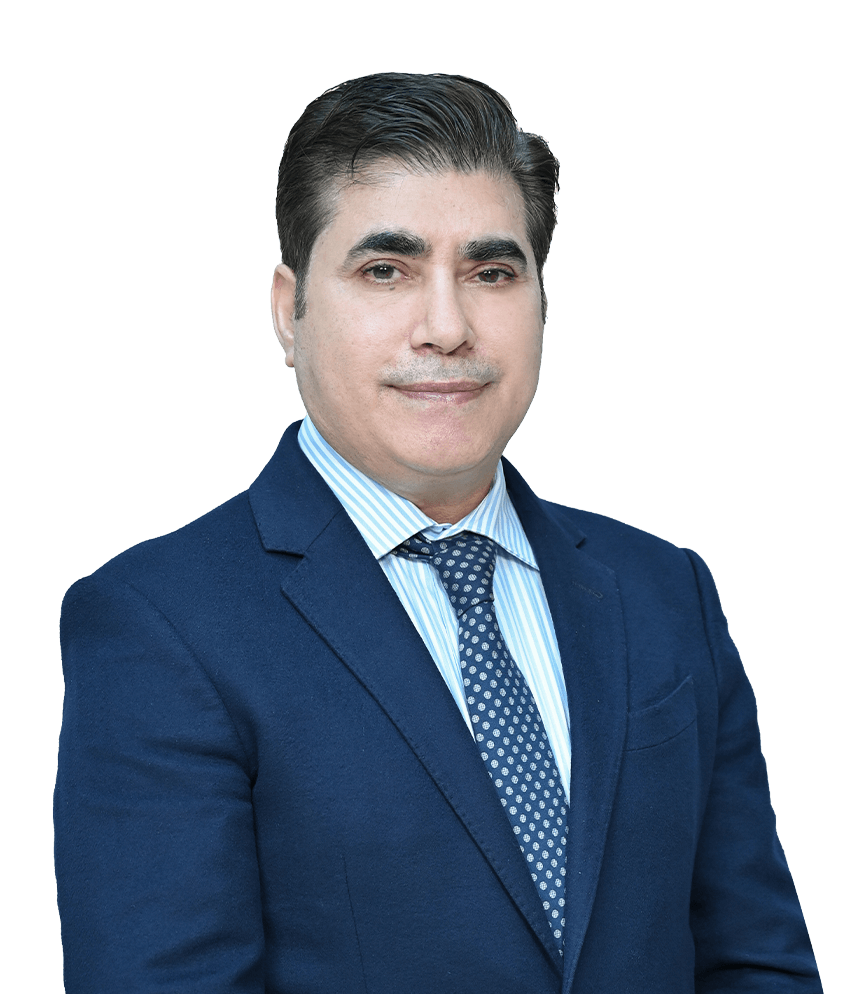
Dr. Iftikhar Jan Suleiman, consultant pediatric surgeon and chairman of the Pediatric Surgery Division at SSMC, commented on the surgical procedure adopted and said: “Given that our patient had an especially challenging birth – he was under 28 days old and weighed 1.9 kilograms – our treatment approach had to be extremely intricate. The gap between the two esophageal segments was wide and, usually, a staged repair is performed for these anomalies. We opted for a thoracoscopic single stage procedure instead of making a long surgical incision to the chest wall. The minimally invasive keyhole surgery was successful in repairing the patient’s EA/TEF and allowed us to create a new connection to the esophagus. We are proud of the highly coordinated team effort by the neonatal intensive care team and our highly specialized anesthesiology team, whose expertise with pediatric surgery was essential to the success of this life-saving procedure.”
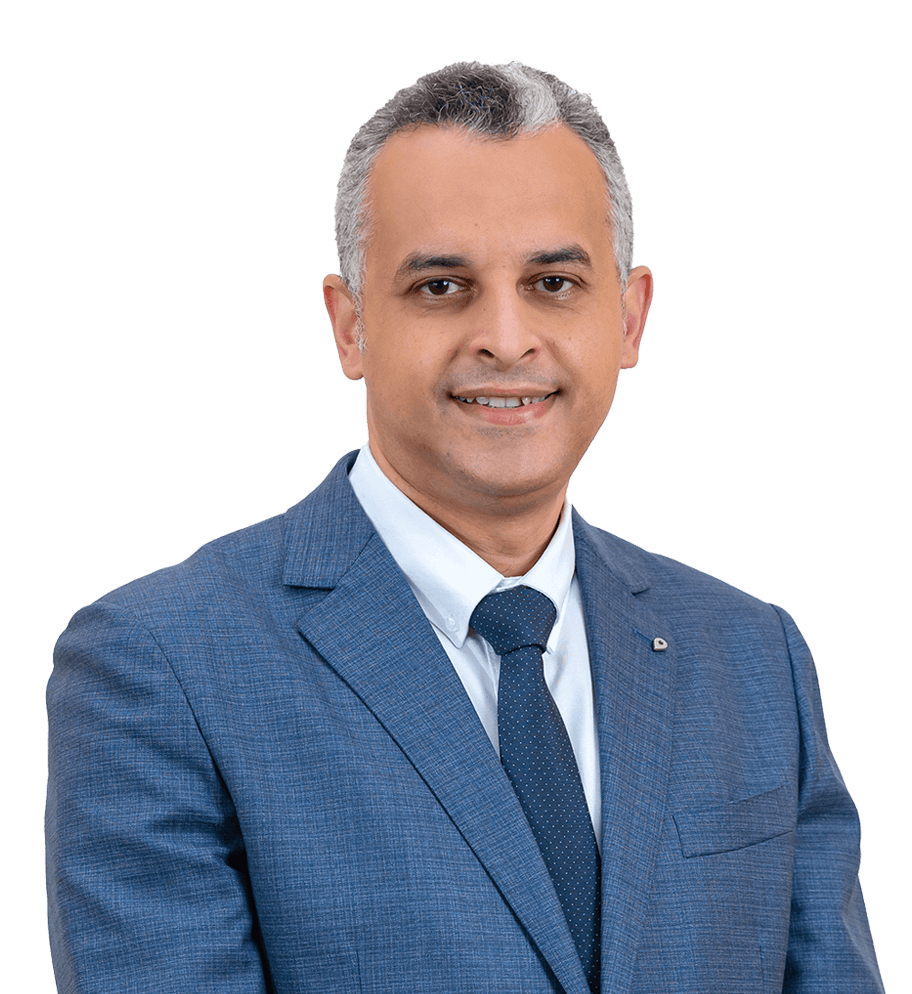
From an anesthesia perspective, Dr. Tamer Hamed Ibrahim, consultant anesthesiologist and pediatric anesthesia lead at SSMC, said: “The patient also suffered from comorbidities alongside his main condition and his very low weight due to the difficult birth he encountered. Those included an opening between two major blood vessels in the heart, neonatal seizures, hypoglycemia and electrolyte disturbances, which required a meticulous effort from the anesthesia team to manage the patient intraoperatively. Additionally, we set a particular focus and plan on adequately ventilating him and preventing hypothermia and hypoglycemia to keep the patient in optimal condition.”
“I am so happy that our multidisciplinary team approach with this highly advanced surgical procedure helped save this patient’s life and I am so grateful to all the team members who played an integral role in making this happen.”


